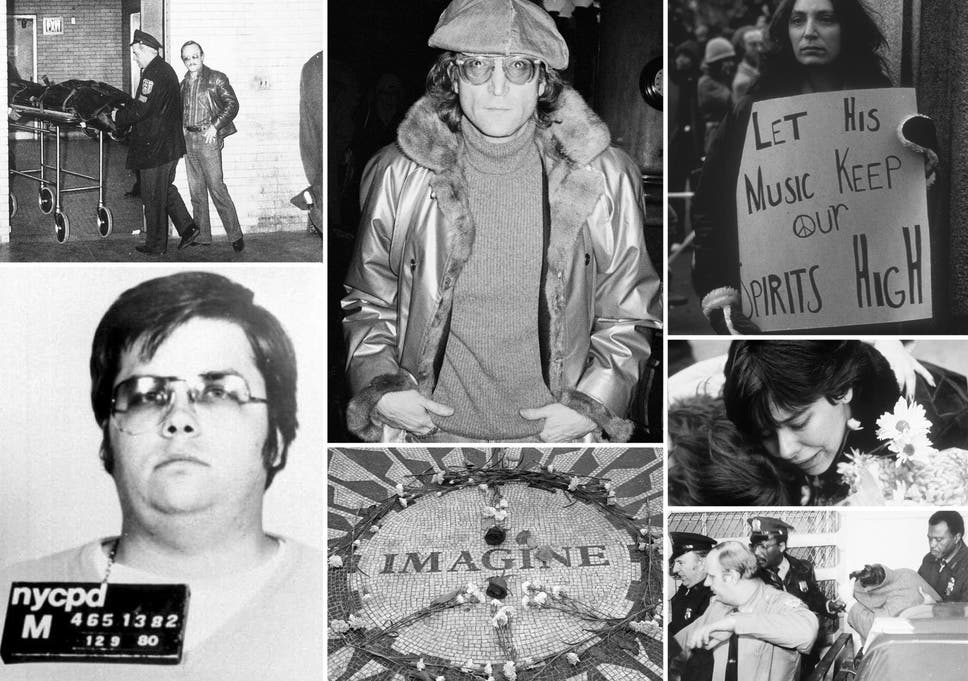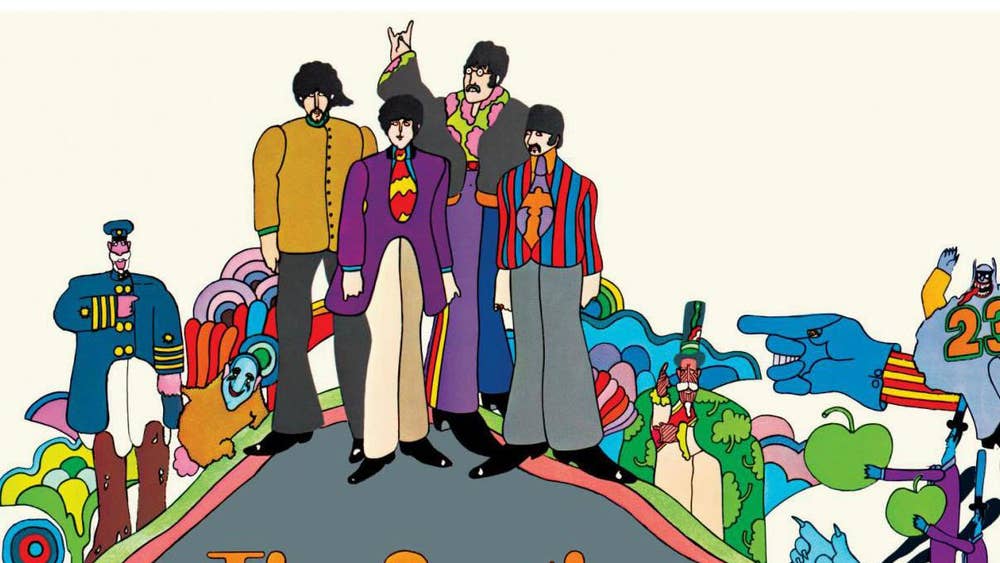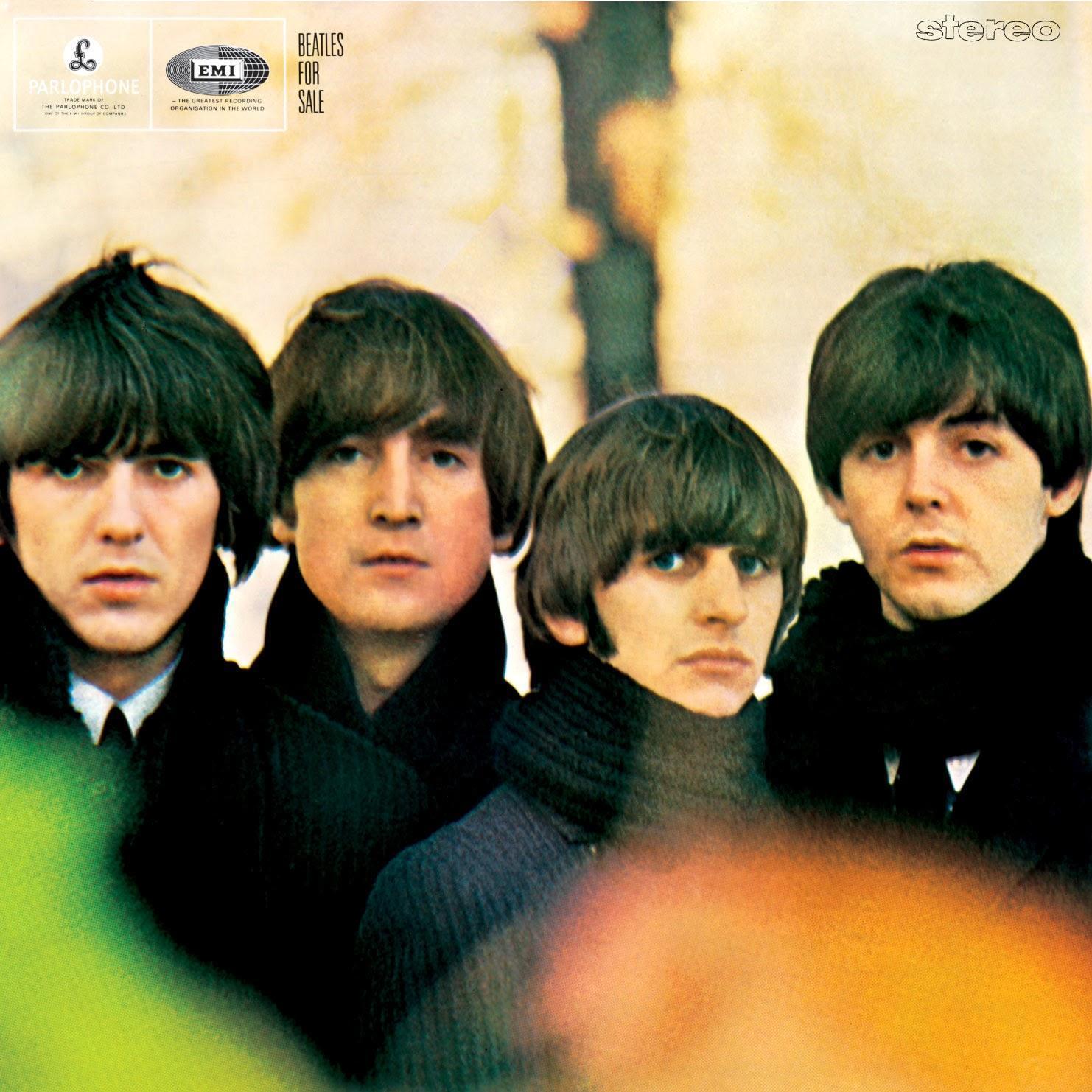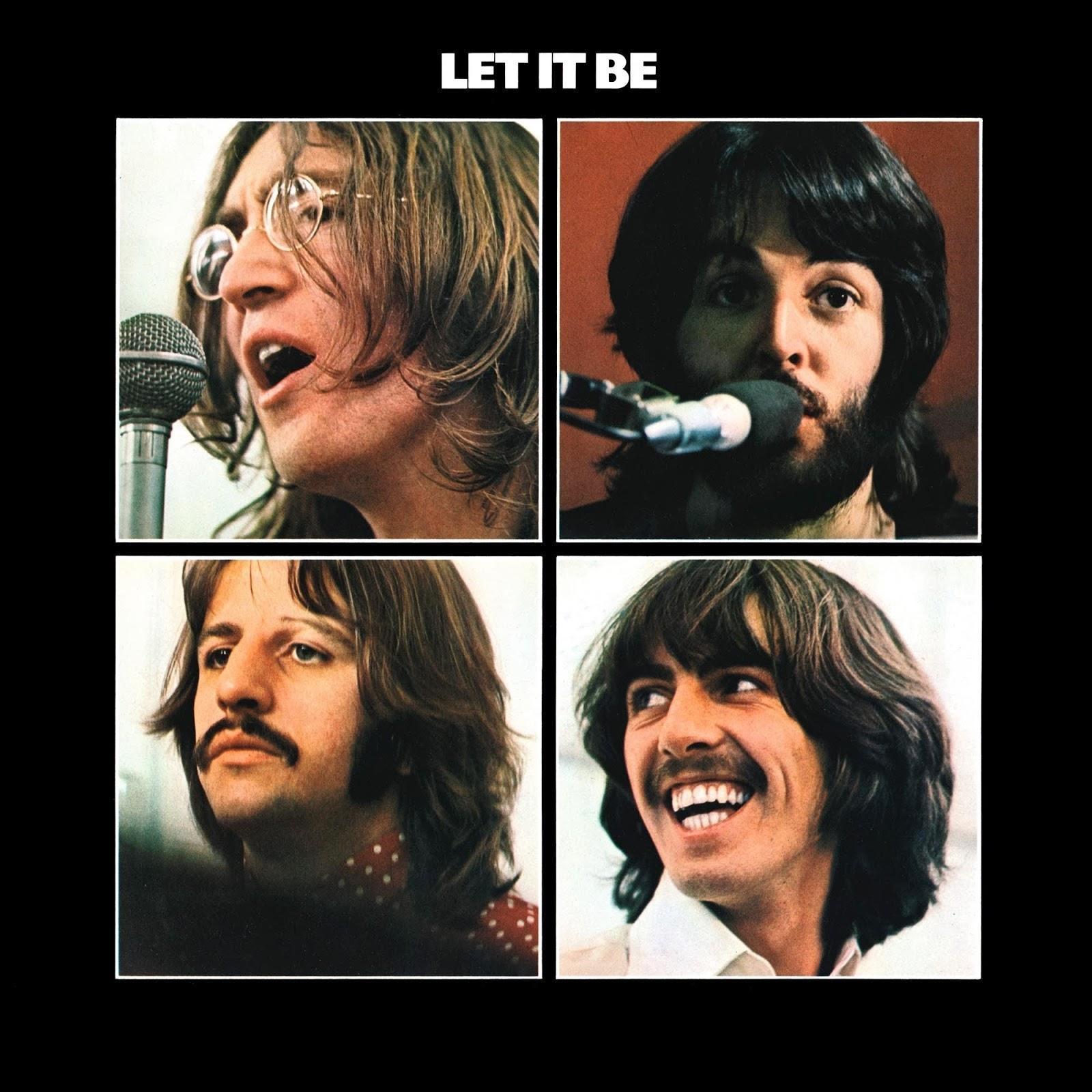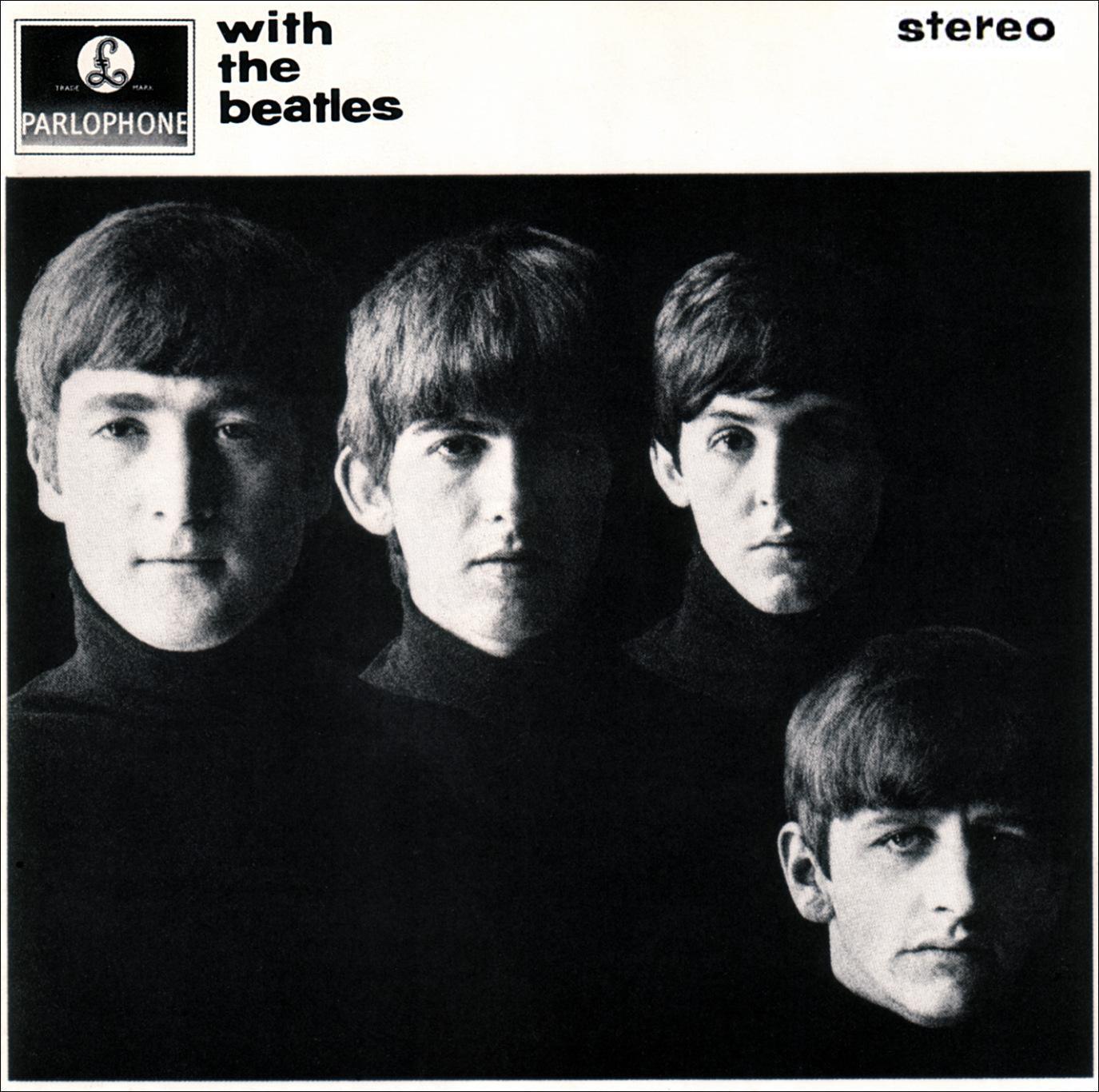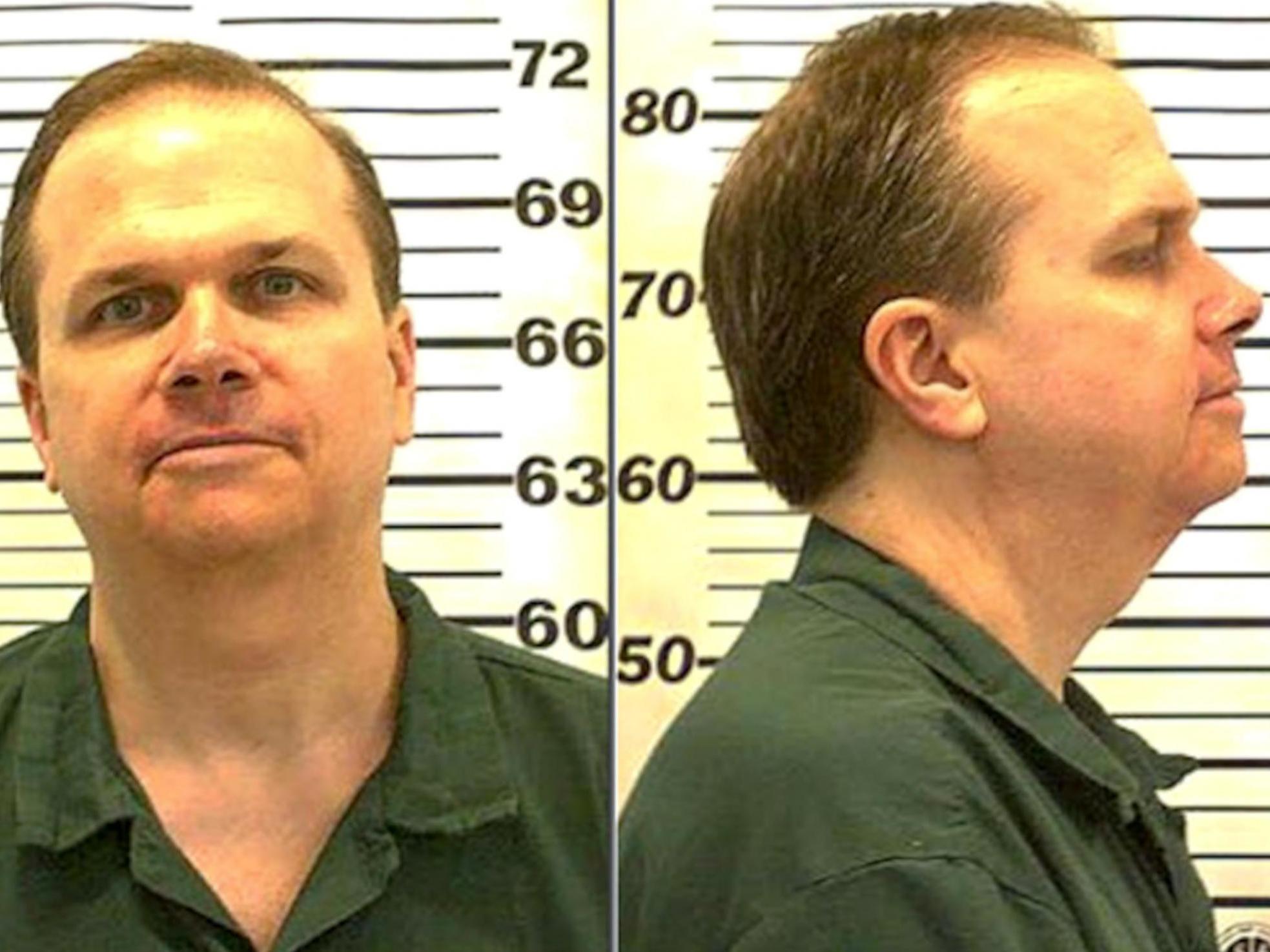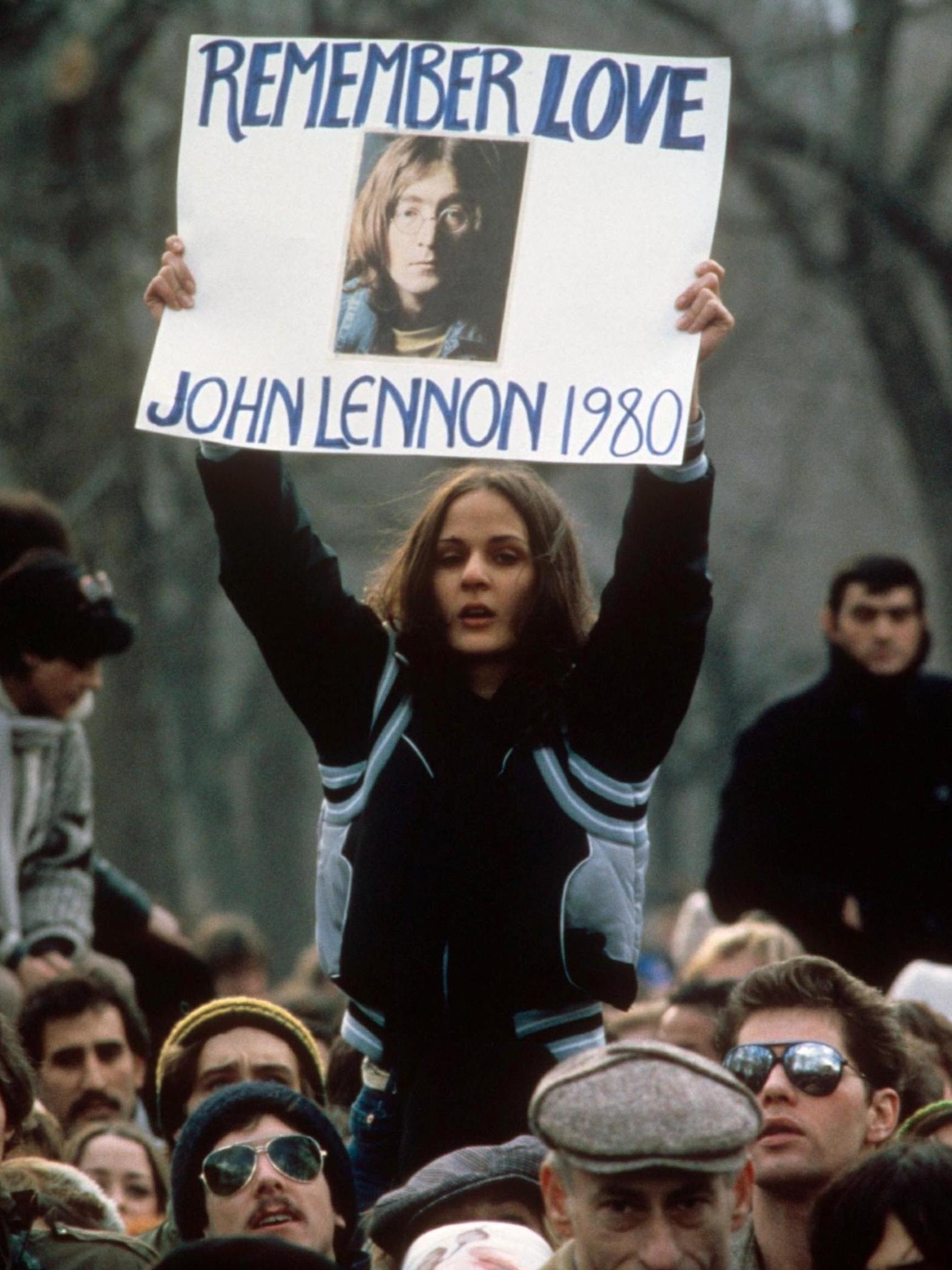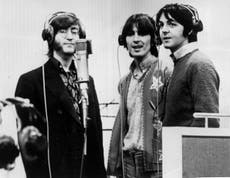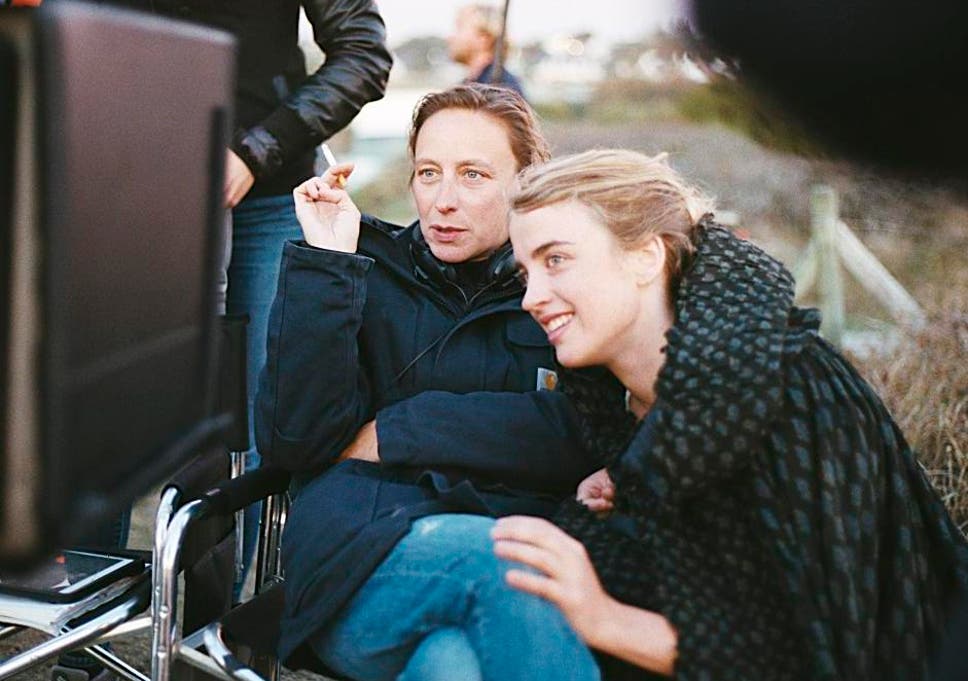
YouTube/Nasa Spaceflight
Footage shows intense explosion – and its aftermath
Andrew Griffin
SpaceX's huge Starship spacecraft has exploded during a test.
The explosion was documented in dramatic footage taken from the ground at SpaceX's development facility Boca Chica, Texas, where the test took place.
The cryogenic pressure test that led to the explosion was part of the development of the Starship, which Elon Musk's SpaceX hopes will one day carry humans to Mars.
Video taken from the site by NasaSpaceFlight appears to show the prototype known as "SN1" exploding and falling to the ground.
It follows a similar failure of another prototype known as "Mk1", late last year.

Further footage taken the following day showed the wreckage of the crashed spacecraft. It also showed another of the company's prototypes, which is still being worked on.

SpaceX did not respond to a request to comment from The Independent.

But Elon Musk tweeted out the footage with the words "So … how was your night?", alongside a series of jokes about being able to put the prototype back together with tape.
